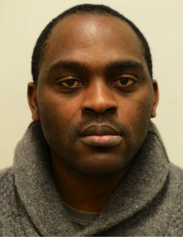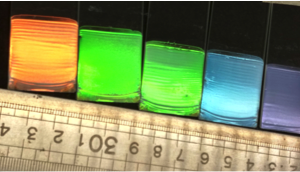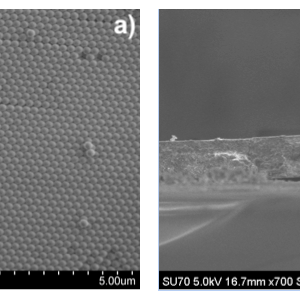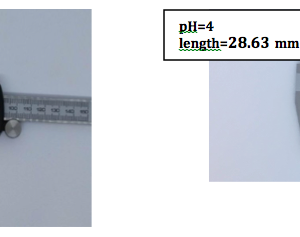RAWINTS

Condensation on Fins (ESA)
3 December 2017
ICING
2 December 2017RAWINTS : Rapid Skin Wound healing by Integrated Tissue engineering and Sensing
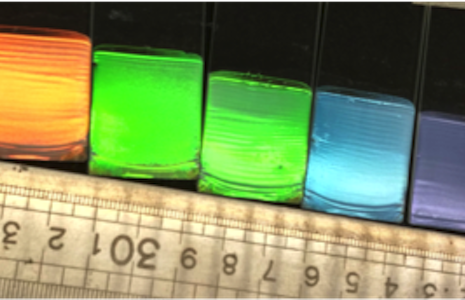
- Subject
- Wearable photonic sensor for monitoring wound healing process
- Start/end dates
- January 2016 – December 2018
- Description
- Skin wound healing is known to be a very complex biological process involving cross-linked interactions between cells, extracellular matrix and growth factors. Schematically, the healing process implies three distinct phases – Inflammatory, proliferative and remodeling – whose time span depends strongly on the agent the wound, on the kind of therapy chosen, but also on the control of the healing environment close to the wound position. Although gunshots are one of the primary causes for wounds, burns from IED and chemicals are a cogent issue for both civil population and conflict area personnel. Also, quick identification of the agent causing wounds – especially when chemical warfare is at stake – is of primary importance for choosing the best and more effective therapy.
In many operating scenarios, events happen in rural areas and delocalized regions where even for medical centers become difficult to manage and cure injured personnel. Also, the lack of medical structures and the more and more frequent presence of civil population in operating scenarios demands for methods of rapid wound healing.
Tissue engineering using stem-cell therapies has been introduced over the past few years and their encouraging results have raised great expectations for the future of healing process. However, the differentiation process is not yet fully understood and suffers from a lack of analytical data, due to the complexity of the existing measurement techniques. The innovative sensor that will be developed in the frame of the present proposal aims to realize a complete sensor platform for the characterization of such a complex process using a cost-effective, disposable, wearable, integrated transducer. The wearable sensing platform will be possibly complemented by a stand-alone or integrate configuration with an impedance graphene-based sensor for the early detection of a number of CBRN agents.
- Results
-
- Fabrication of biocompatible, flexible membrane
- Colloidal photonic crystals fabricated on soft flexible membrane by using different methods
- Synthesis of hydrogel sensitive through changes in pH and temperature
- pH and temperature measurements of medium with cells grown on plastic and on collagenous patches
Team
Partners
Scientific
- Stefania Traettino
- Nagoya Institute of Technology (NITech)
- Barcelona Microelectronics Institute (IMB)
- Centre for Health Technology (CHT), University Of Pavia
Industrial
- hbw - Human brain wave
Gallery
- Photographs of the colloidal crystals films fabricated from PMMA and PS nanoparticles with different size
- SEM images of colloidal crystals fabricated from polystyrene particles, 211nm, (a) surface, (b) cross section
- Swelling of a hydrogel depending of the pH




